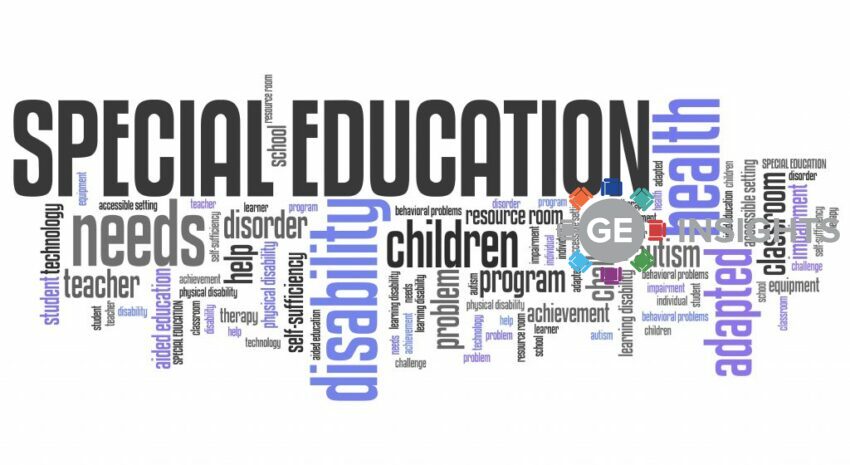Many people in the UK still do not have the basic digital tools or skills to fully engage in an increasingly digitalised world.
The Good Things Foundation [1] state that Digital Inclusion is a social issue that should be prioritised. A lack of digital skills can have a severely negative impact on a person’s life. It can result in:

Poorer health outcomes

Increased loneliness and social isolation

Less access to jobs and education
Additionally, those who are digitally excluded suffer a lack of a voice and visibility in the modern world. The Good Things Foundation report:
- 3.7 billion people are digitally excluded worldwide
- More than 30 million people in the UK lack the digital skills needed for work
- 6.9 million people in the UK will remain digitally excluded if nothing is done to help them
- 9 million people in the UK can’t use the internet without help
- 7 million people in the UK have no internet access at home
- 13.6 million workers have digital life skills but lack digital work skills
Barriers to Digital Inclusion
NHS Digital published an article in 2021 [2] discussing the key elements of digital exclusion. A reference to research for the UK digital strategy [3] suggests that there are several major barriers to digital inclusion, with some facing multiple barriers at the same time.
They are:
Access – not everyone has the resources or ability to connect to the internet and go online
Skills – not everyone can use the internet and online services
Confidence – some people fear online crime, lack trust, or don’t know where to start online
Motivation – not everyone sees why using the internet could be relevant and helpful
Aside from these barriers, digital devices and services can be isolating in themselves. For example, not all digital services and products are accessible and easy to use for those with additional needs.
Not everyone is aware of the digital services and products that are available to them. Similarly, not all health and care staff have the skills and knowledge to recommend digital services and products to patients and service users.
Strategies to Improve Digital Inclusion
Digital inclusion initiatives can help users improve their digital skills so that they can use online services.
The Local Government Association [4] offers a Digital Inclusion Programme. The scheme supports 10 councils to work with specific groups of residents, supporting those who lack the skills, confidence, or infrastructure to go online. The programme aims to show the potential for digital tools and solutions in contributing to improved life outcomes.
For example, Croydon has been offered £20,000 of funding from The LGA to support elderly residents who rely on council services but struggle to access them digitally.
Bristol City Council’s digital inclusion scheme [5] sees the council working with partner organisations, including Bristol Waste to help promote digital inclusion across the city.
The council will repurpose 3000 old laptops by giving them to disadvantaged people and groups in the city. As well as the laptop scheme they provide a starter data package, to give access to the internet and a free introductory digital skills course.
Those eligible for the laptops include:
- Unemployed parents or carers of 2-year-olds who are eligible for 15 hours of free childcare
- Unemployed people, or people in insecure employment, aged 19 and over, with few or no qualifications
Young people between the ages of 16 and 25 who are not in education, employment, or training
Measuring Digital Exclusion
In 2014 the Government developed a way of measuring and comparing levels of digital exclusion for individuals and organisations [3].
A measuring scale was developed for SMEs and VCSEs and a slightly different one was developed for individuals.
A digital inclusion scale for individuals: The scale for individuals has 9 points. It ranges from those people who may consciously decide not to use the internet to experts whose primary income comes from online services.
It allows the government to see the types of challenges people face and can inspire policies that help people progress up the scale. The aim of the scale is to track national progress on reducing digital exclusion. Below shows the UK population mapped on the individual’s digital inclusion scale:

By measuring digital inclusion and being proactive in thinking of solutions to digital exclusion, service providers can make sure that all those they serve receive equal access to services.
[1] The Good Things Foundation. Accessing Digital Services
[2] NHS Digital. 2021. What we mean by digital inclusion
[3] The Government. 2014. Digital Inclusion Strategy
[4] Local Government Association. Digital Inclusion Programme
[5] Bristol City Council. Digital Inclusion Scheme
Register FREE to access 2 more articles
We hope you’ve enjoyed your first article on GE Insights. To access 2 more articles for free, register now to join the Government Events community.
(Use discount code CPWR50)




